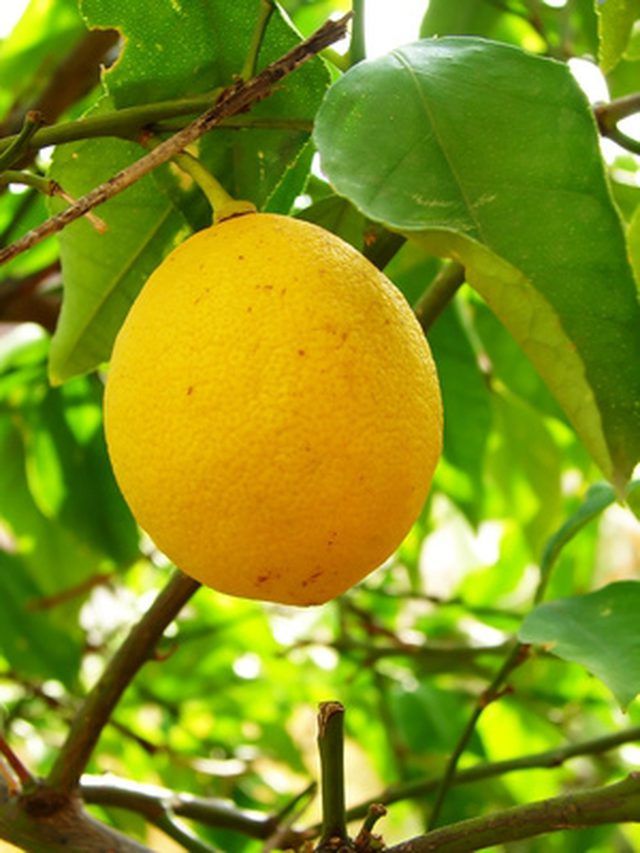Bulbs
Flower Basics
Flower Beds & Specialty Gardens
Flower Garden
Garden Furniture
Garden Gnomes
Garden Seeds
Garden Sheds
Garden Statues
Garden Tools & Supplies
Gardening Basics
Green & Organic
Groundcovers & Vines
Growing Annuals
Growing Basil
Growing Beans
Growing Berries
Growing Blueberries
Growing Cactus
Growing Corn
Growing Cotton
Growing Edibles
Growing Flowers
Growing Garlic
Growing Grapes
Growing Grass
Growing Herbs
Growing Jasmine
Growing Mint
Growing Mushrooms
Orchids
Growing Peanuts
Growing Perennials
Growing Plants
Growing Rosemary
Growing Roses
Growing Strawberries
Growing Sunflowers
Growing Thyme
Growing Tomatoes
Growing Tulips
Growing Vegetables
Herb Basics
Herb Garden
Indoor Growing
Landscaping Basics
Landscaping Patios
Landscaping Plants
Landscaping Shrubs
Landscaping Trees
Landscaping Walks & Pathways
Lawn Basics
Lawn Maintenance
Lawn Mowers
Lawn Ornaments
Lawn Planting
Lawn Tools
Outdoor Growing
Overall Landscape Planning
Pests, Weeds & Problems
Plant Basics
Rock Garden
Rose Garden
Shrubs
Soil
Specialty Gardens
Trees
Vegetable Garden
Yard Maintenance
Why Are the Leaves on My Meyer Lemon Tree Curling?
Why Are the Leaves on My Meyer Lemon Tree Curling?. Meyer lemons are a sturdy, adaptable variety of lemon grown outdoors in USDA hardiness zones 8 to 11, and as a potted plant throughout the U.S. Over the past decade, it has become more and more popular as both a easily-cared-for home grower's citrus and as a gourmet ingredient. The tree is...

Meyer lemons are a sturdy, adaptable variety of lemon grown outdoors in USDA hardiness zones 8 to 11, and as a potted plant throughout the U.S. Over the past decade, it has become more and more popular as both a easily-cared-for home grower's citrus and as a gourmet ingredient. The tree is largely healthy and problem free, but a few pests and errors in care can lead to leaf curl.
Meyer Lemons
Meyer lemon fruits have a fragrant, rich lemon-citrus scent and thin, edible skin, combined with relatively high sweetness and low acidity. The Meyer lemon has grown in popularity over the past decade, finding fans among home growers and gourmets. Used as a substitute for lemons, limes and oranges, the fruit is popular in both sweet and savory foods. Because the tree can be grown and produce fruit both outdoors from USDA hardiness zones 8 to 11 and indoors in pots, and because it is comparatively trouble-free, it has become a highly favored choice for a wide array of growers.
Leaf Curl
Leaf curl is one of the few comparatively common problems experienced by those who grow Meyer lemons. This condition can be recognized by curled, crumpled or twisted leaves, and is often accompanied by yellowing and eventual leaf death. The causes are usually simple and easily addressed.
End of Life Cycle
The most common cause of leaf curl isn't actually a problem or pest at all. At the end of the growing season, in fall or winter, the leaves of a Meyer lemon may naturally curl or cup downward, like a downward facing palm closing gently. This is merely the indication of the end of a growing cycle. New growth in spring will be normal, and there is no need to alter the tree's care regimen.
Over-watering
The most likely cause of leaf curl in a Meyer lemon owned by an attentive gardener is over-watering. Too much love and attention leads to leaves that curl inward, forming a cupped leaf. The simplest answer to this problem is to reduce watering. The same effect can, rarely, be the result of extreme high temperatures. If heat shock is the culprit, however, do increase watering.
Pests
A number of insects can cause leaf curl in Meyer lemons. The most common and likely is the everyday whitefly, but aphids, citrus leaf miners, and mites are also common culprits. Insects are a larger challenge to manage than over-watering. Evaluate such issues as moisture levels that encourage breeding, insecticides, and methods of plant hygiene. Common treatments such as neem oil, or plant soaps can work well for a small tree or potted shrub. More consideration must be given to a collection of freestanding in-ground trees. In many instances, if the curl is minimal and shows no sign of increasing over time, benign neglect is a sufficient answer.